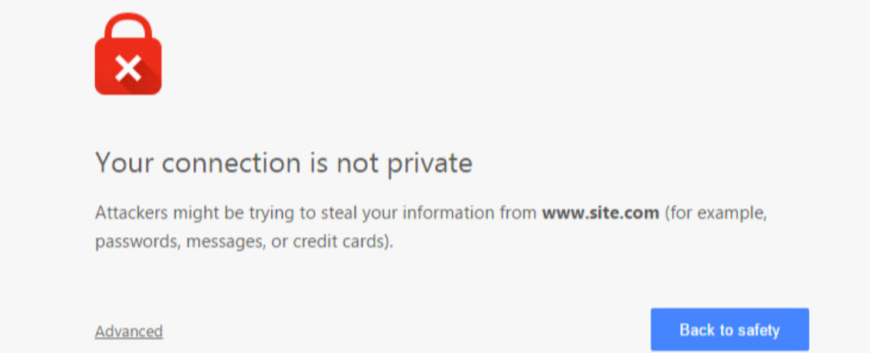When you type in your website URL do you see https or http? If you see http:// displayed then it’s important you secure your website and switch to https (https://) immediately. Securing an SSL certificate is also imperative.
Last year we went through the same situation when we redesigned our WordPress website and secured WP Engine as our hosting provider. We assumed the site was secure when developed, and soon discovered otherwise about a month after it launched. We also quickly discovered why switching to https was critical beyond just security. After all what can one letter change?
What Is HTTPS?
Hyper Text Transfer Protocol Secure (HTTPS) is the secure version of HTTP, the protocol over which data is sent between your browser and the website that you are connected to. It means all communications such as credit card transactions or logins between your browser and a website server are encrypted.
What Is SSL Certificate?
Secure Sockets Layer (SSL) is a protocol that enables your browser to establish a safe connection between itself and a particular website or server. When installed, a green padlock will be displayed when users visit your site to indicate that the site is secure. It’s important to install SSL after you’ve switched HTTPS. Both protocols work hand-in-hand as SSL makes HTTPS secure.
Fun Fact: Netscape developed the first SSL in 1994 as an answer to help users make secure online shopping transactions. eCommerce as we know it today.
Benefits of HTTPS
Improved Security
There’s a reason why Google advocates sites that adopt HTTPS—they want to achieve the safest web experience for their users. And they are making sure a secure web is here to stay. In general, keeping everything safe and more secure is the best choice across the board.
Increased Rankings
In order to align with ensuring the safest and best user experience, Google doesn’t want to send searchers to an unsecured website site. Google adds criteria to the rankings algorithm to favor HTTPS. If your website isn’t secure, you’ll have low rankings against relevant sites that are. Local SEO rankings and how they work also apply to the algorithm criteria.
Secured Browser Labels
Google Chrome recently announced that as of July 2018, with the release of Chrome 68, Chrome will mark all HTTP sites as “not secure”. This means if your website is currently HTTPS, you’re safe and can be trusted. Other browsers are expected to follow suit at some point.
Increased Conversions
Users are more likely to click on a secured website over an unsecured website. More so, they will also be more receptive to sharing their information such as a name, email, and phone number into a contact or basic lead generation form if your website is secured. Simply put, seeing that red triangle will certainly cause a ‘do not enter’ alarm.
User Peace of Mind
As more awareness is raised in these areas, and users get more informed, a secure connection gives your customers peace of mind that your website can be trusted, and their information is safe.
In Summary
HTTPS should be a priority, and we strongly encourage you switch as soon as possible before the Google Chrome police come flagging. Not sure where to begin? Yoast SEO explains more in this article about HTTPS and SSL to help you make sense of it all.

